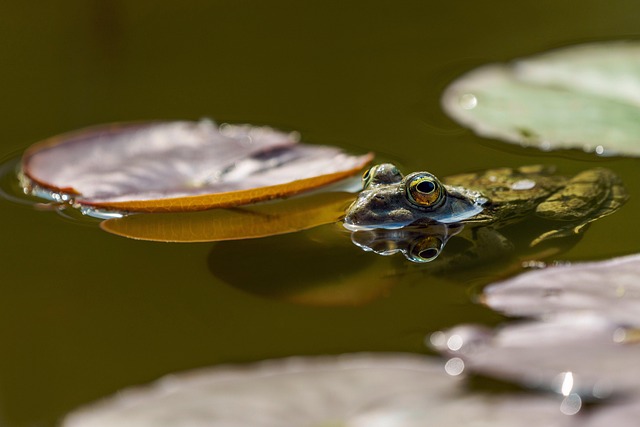Reflection plays a crucial role in creating captivating photography compositions that evoke emotions and tell stories. It is not just a physical phenomenon; it embodies the artist’s introspection and their relationship with the world around them. Whether it’s the serene surface of a lake mirroring a vibrant sunset or the intricate glassy surfaces of urban buildings, reflection in photography offers a unique perspective that invites viewers to stop and ponder.
When we think about composition, the placement of elements within the frame is paramount. Photographers must consider how reflection can serve as a complementary feature, adding depth and dimension to their images. For instance, utilizing water surfaces as a reflective canvas can enhance the visual weight of a photograph. Imagine capturing a tranquil scene where the horizon blends seamlessly with the water, creating an expansive, dreamlike quality. This technique not only enriches the composition but also engages the viewer, encouraging them to explore the layers of the image.
Using a camera effectively to capture reflection requires an understanding of optics and light. The direction of natural light can dramatically alter how reflections appear. A soft morning light might create gentle ripples that add texture, while harsh sunlight could produce stark contrasts. Knowing how to manipulate your camera settings—such as ISO, aperture, and shutter speed—will empower you to enhance the beauty of these moments. Experimenting with angles can further enrich your photographs, as tilting the lens slightly can turn a mundane scene into a striking composition.
Moreover, reflections carry with them a sense of duality. They offer insight into not just what lies in front of the lens, but also the unseen elements that linger beneath the surface. This underlying narrative can resonate deeply with those who view your work. When capturing reflections in photography, think about what emotions you want to convey. Are you aiming for tranquility or perhaps a sense of chaos? The interplay between reflection and reality can serve as a powerful storytelling tool.
As you delve into the world of photography composition, never underestimate the power of reflection. It’s more than just a visual trick; it’s an artistic expression that fosters connections between the viewer and the subject. When you embrace the nuances of reflection, you unlock a world of creative possibilities that challenge both your perception and that of your audience. So grab your camera, seek out captivating reflective surfaces, and allow your photography to emerge as a profound reflection of both the scene and your inner self.



